Following the famous ICOs and IEOs, now there's a newer crypto fundraising method called the Initial DEX Offering or IDOs. Here's everything you need to know about it.
The massive development of cryptocurrency has led to the creation of Initial DEX Offering (IDO) as one of the newer fundraising methods on the blockchain. The earliest fundraising method in cryptocurrency was the Initial Coin Offering (ICO), especially popular during the crypto boom in 2017 and 2018. Most ICO projects offered massive gains, and many were indeed very successful.
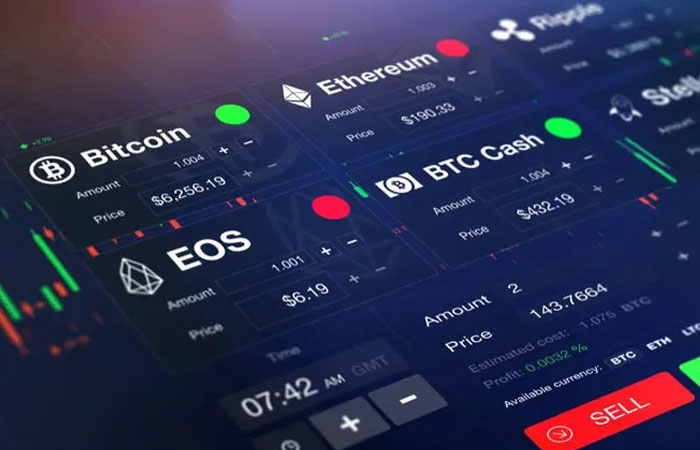
However, since ICOs are not yet regulated, the process can be unclear and somewhat concerning. Numerous ICO projects turned out to be scams and operated by market manipulators. As a result, ICOs have cast a negative stigma on the crypto industry and discouraged new investors from staying on board.
Following ICOs' diminishing reputation, the Initial Exchange Offering (IEO) was born. IEOs were first released in early 2019 and become a popular approach to launch new crypto projects ever since. Like an ICO, an IEO involves the distribution of new crypto tokens to either a group of investors or the broader public. The difference lies in the requirement for the fundraising organization to partner with a crypto exchange, which is in charge as the actual facilitator for the token sale and distribution. However, such a requirement can be burdensome for some investors, so many started looking for another alternative instead.
While some crypto exchanges are still busy trying to solve the IEO's issue, a new way called the Initial DEX Offering (IDO) has emerged and started gaining traction in recent years. The approach basically aims to address the problems in the ICO and IEO and offers a more sophisticated way of crypto fundraising. So, what exactly is IDO, and how does it work?
Contents
Defining Initial DEX Offering (IDO)
Initial DEX Offering, also known as IDO, is a fundraising approach for blockchain programs that involve the distribution of crypto tokens to the public. The critical difference that separates IDO from its predecessors is that the tokens being sold are hosted on a decentralized exchange or DEX. Since the programs are not attached to any centralized exchange, they can offer unique benefits and lower the entry barrier for both projects and retail investors. Naturally, IDOs are mostly famous for projects that focus on DeFi and privacy and Non-Fungible Tokens (NFTs).
Suppose a project is using IDO. In that case, it means that it's launching a coin or a token via a decentralized liquidity exchange like Uniswap, which mainly assists the user in taking vital decisions over digital assets related to the success of the product or service. This kind of exchange depends mostly on liquidity pools where traders can swap tokens, including crypto coins and stablecoins. It's not quite worrying as the growing number of decentralized exchanges on the market gives bigger hope for startups and companies to launch tokens and get immediate access to liquidity.
With the decentralized nature of IDOs, this new fundraising approach is able to solve the issues of the older methods while adding new opportunities to the crypto market. By using IDOs, business entrepreneurs can launch a blockchain product that goes beyond fraudulent third parties while simultaneously eliminating hackers and human error issues.
Is IDO the Best Fundraising Method?
If you are interested in participating in IDOs or using IDO for your project, it's essential to know the benefits as well as disadvantages that you will get. Since IDOs are using decentralized exchanges, surely you can get unique benefits that are not present in the earlier methods like ICO and IEO. Here are some advantages you can get from IDO.
Immediate Liquidity
Poor liquidity can pose a considerable threat to the token price. ICOs and IEOs are often criticized because the program entirely relies on the centralized exchange to list the tokens at their discretion. Luckily, this is not the case in IDO because the tokens will be listed immediately on the DEX where the IDO took place.
Lower Costs
In ICO and IEOs, the project makers are first required to pay exchange fees. Afterward, they should wait for the project to be approved by the exchange before it's officially listed. With IDOs, the team doesn't have to pay high fees. In addition, there's also no need to ask for anyone's permission since the exchange is entirely decentralized and self-regulated.
Open and Fair Fundraising for Investors
The next advantage of using IDO is its fairness. In ICOs and IEOs, the tokens are typically pre-mined and sometimes pre-sold to private investors, which basically means it prevents small investors from participating immediately. As a result, these private investors would resell the tokens to the public and gain an advantage once smaller participants take part.
However, IDO launchpads usually limit the allocation of tokens to prevent whales and bots from locking small investors out. Hence, it creates a healthy and fair token access for all investors.
Easier and Quicker to Launch
Launching IDO projects is relatively easy compared to other methods. In IDO, the team can immediately launch an IDO project without having to wait to be vetted by the exchanges. Instead, the community members usually take the lead and vet the projects beforehand. This makes the process much easier for smaller companies that are trying to raise funds from the public. In addition, once it's launched, the trade will begin instantly, so buyers of the tokens can quickly sell their tokens for a higher price.
See Also:
Is There Any Risk Involved in IDOs?
Despite having many crucial benefits that can't be found in other fundraising methods, IDOs are not without risks and limitations. Here are some of them:
More Precautions Needed
Since decentralized exchanges have no control mechanism, it becomes necessary for traders to only trustworthy launchpad platforms that provide anti-scam vetting and Know-Your-Customer (KYC) checks. DEX lacks this security measure due to its decentralized nature. To minimize the risk, some DEXs offer marketing support similar to the ones provided by centralized exchanges. Nevertheless, it's highly recommended to always research the project's tokenomics and security before investing.
Oversubscription on IDOs
Compared to the other methods, IDOs are primarily focused on smaller token sales. Therefore, big and popular IDO projects are usually oversubscribed, making it difficult for small investors to participate. This is why many IDO launchpad platforms limit the number of participants with pre-arranged whitelists. Investors can participate either by lottery or investing in the launchpad's tokens first.
How to Participate in IDOs
- Get Whitelisted on IDO Launchpads: Whitelist is one of the standard features of some of the most famous launchpads such as Ethereum, Binance Smart Chain (from Binance Exchange), Polkadot, Solana, and Cardano. IDOs tend to limit their participants or buyers and the amount of the launching token that each person can buy. Therefore, getting into the whitelist spot is important if you wish to participate in the IDO project. Typically, winning a spot in the whitelist requires the investor to hold a certain number of the launchpad's native tokens. The larger the holdings, the greater the chance of winning. Usually, individuals can only win once. For non-holders, some launchpads offer the ability to enter the lottery by staking tokens to improve liquidity.
- Complete KYC and Connect Web 3.0 Wallet: Typically, whitelisting requires investors to follow the KYC procedures and own a Web 3.0 wallet like Metamask. That being said, keep in mind that most IDOs ban investors from certain countries, including the US, Iran, Iraq, Cuba, North Korea, and Venezuela.
How to Launch an IDO
If you're planning to launch an IDO project, here are the complete steps that you need to follow:
1. Design the Project's Strategy
The earliest step is to create a strategy that is rational and makes sense. The plan should include the aim of the project, fund allocation, and the general marketing strategy. You also need to build a project team to help you execute the project launch.
Further, make sure to create marketing collateral that includes a website and a white paper. Having a website can boost the emotional levers for investors and also make the project appear more legit. Apart from that, the white paper aims to enhance investors' experience with specificity and facts. The content is supposed to be selling the project with education, so don't put hard-sell copy in it. Instead, you should present data in the form of charts, diagrams, tables, and more. This is necessary to persuade the investors that the project is a worthy investment.
2. Select Your Target Audience
The next step is to decide who you are selling to. Successful crypto projects usually know what sort of investors they want to attract. Whether they are retail traders, beginners, or professionals, it's crucial to build a project that suits their tastes and preferences. Having a specific target audience will not only make your project clearer but also more convincing.
After all, you don't want to attract users who are just there for the hype, make bucks, and move on. You want to make them invest for the long run and actually believe in the value of your project. Of course, there will be a certain amount of people who are just there and leave, but for the most part, you want an audience that cares about the project. You want to build a community.
This is an integral part of the project and should be done as early as possible. Why is that? Because it should define how are you going to build your brand and promote the project. For instance, if you're planning to attract Bitcoin holders only, then there's no point in launching the project on the Ethereum blockchain without supporting Bitcoin tokens such as pBTC or wBTC.
3. Create the Token and Token Economics
Once the basic strategy for the project is prepared, it's time to create the crypto token itself. The process is actually pretty simple – anyone with a little technical knowledge and marketing skills would be able to do it. All you need to do is create an asset to represent your project on the desired blockchain. Some blockchains, like Ethereum and EOS, actually have developer resources with token creation, which you should be familiar with. The processing time is usually very short.
However, keep in mind that before you create the token, you should decide on a structure for your project's token economics first. The ideal structure should fit you and your users, and be able to offer enough profitability to attract new clients. Long-term sustainability and market stability are also not to be ignored. Other than that, there are various further details that must be considered such as the total maximum supply, the total funds that you would like to raise, etc.
4. Pick a Blockchain
Another thing you need to decide is the blockchain that you're going to use. There are several good options to choose from, such as Binance Smart Chain and Ethereum, but not all of them are necessarily great for you. Make sure to weigh the benefits and downsides of each one and match it with the needs of your project before deciding.
It's worth noting that in the IDO approach, you don't have to pick the same blockchain to launch and sell your token. It's very much possible to, say, launch the IDO on Ethereum due to its massive developer community and then issue the token on Polkadot. However, this might not be the greatest option for your users since the transactional cost is going to be high due to the network congestion on Ethereum.
5. Vet a Token Launchpad
The next important thing to decide is the token launchpad. As this step is quite crucial to the success of your project, you need to make sure that the launchpad is able to meet your criteria and protect your project from being associated with scam practices or trading bots. Dig into their track record and find out about their performance in the past years.
Apart from the reputational factor, you also need to check the fees and requirements aspect. Look into their fee structure and find out what type of support they can give you in terms of marketing. Note that some platforms also require the project creator to hold a certain amount of launchpad's native token to participate and more.
Other than that, you would want to ensure that there is support for your chosen IDO type, whether it's:
- A fixed listing like Uniswap,
- an overflow model like PancakeSwap,
- a first-come-first-served IDO like Shyft Network on Polkastarter, or
- truly decentralized IDO platforms like Spaceport.
Ideally, a good DEX has a strong ecosystem that includes committed liquidity providers, seasoned traders, and savvy developers. The DEX would also form strategic partnerships with other solid platforms and investors and can deploy on multiple blockchains. Picking a launchpad with a strong ecosystem will increase the odds of success of your project. The following are some of the factors to consider in a DEX:
- Visibility. It might sound like a brilliant idea to pick a launchpad with the largest trading volume, but really it's mostly better to look for higher visibility by choosing the one that goes along with your project the most.
- Transparency. This is very crucial to convince investors to put more trust in the project. Ensure that the platform presents complete token information and allows users to verify data such as the token contract address via a trusted source like CoinMarketCap.
- Convenience. DEXs can be more complicated than regular centralized exchanges so pick the one that is convenient to use.
- User Empowerment. Since the system is decentralized, the role of the community becomes highly significant. Therefore, choose a platform that provides excellent support for the investors by letting them launch trading pools, liquidity mining programs for additional governance token incentives, staking pools, and various contests that can encourage more participation.
6. Double-Check Your Security and Documentation
Once you've done all the previous tasks, the last thing to do is to double-check that your coding, smart contracts, and documentation are well-prepared and ready for inspection. Before you can launch the IDO, the DeFi and crypto investors will be performing technical due diligence on you, so be prepared for that. To make the job easier, you can ask for assistance from independent third parties.
You can make your project code open source and then invite developers and white hackers to examine its safety and test it out for possible breaches or loopholes that can be exploited. Afterward, don't forget that all of the technical documentation related to the project, including the whitepaper, must be reviewed independently to ensure that it has all the necessary information of an IDO project.
Is IDO the Future of Crypto Fundraising?
IDO is currently the newest way for crypto projects to sell their tokens out to the public. While it offers many significant advantages, improvements are still needed. We've seen that IDOs still have several downsides that are pretty crucial, including the lack of control mechanism and relatively small scalability compared to ICOs and IEOs. Another possible improvement is to increase the awareness and participation of DeFi as the industry grows.
In conclusion, we can say that the future of IDOs could be bright, but more works and developments still need to take place. Since the growth of DeFi is quite exponential nowadays, we probably should expect more of IDOs in the future.

 Dedicated FREE FOREX VPS
Dedicated FREE FOREX VPS Free FOREX Virtual Private Server
Free FOREX Virtual Private Server MT4 Demo Contest, Get $500
MT4 Demo Contest, Get $500 Sign Up for an Account, Claim 60% Deposit Bonus
Sign Up for an Account, Claim 60% Deposit Bonus Free MT4/MT5 VPS 2024
Free MT4/MT5 VPS 2024 Send E-mail and Get Free Merchandise
Send E-mail and Get Free Merchandise $1K Refer a Friend Bonus for Pepperstone Pro clients
$1K Refer a Friend Bonus for Pepperstone Pro clients Maximize Your Earnings with 100% Deposit bonus
Maximize Your Earnings with 100% Deposit bonus Trade to Win, $5,000 Monthly Demo Contest
Trade to Win, $5,000 Monthly Demo Contest Claim 30% + 15% Deposit Bonus from LiteFinance
Claim 30% + 15% Deposit Bonus from LiteFinance
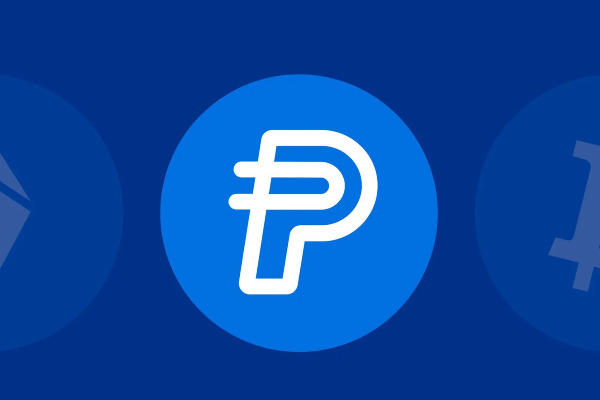
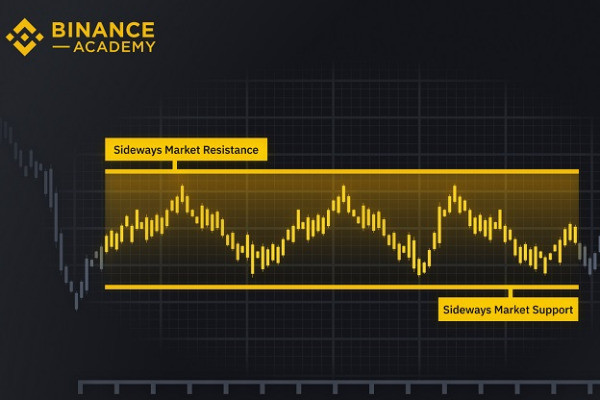
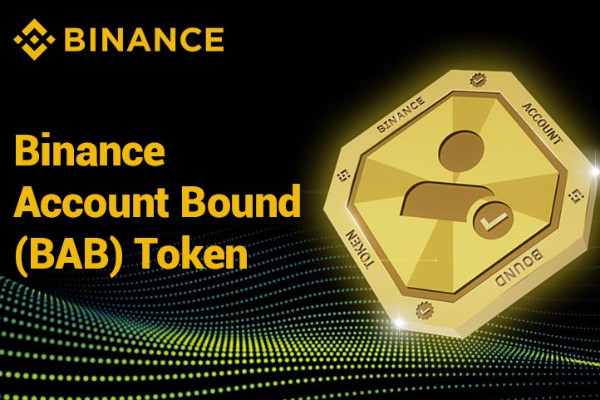
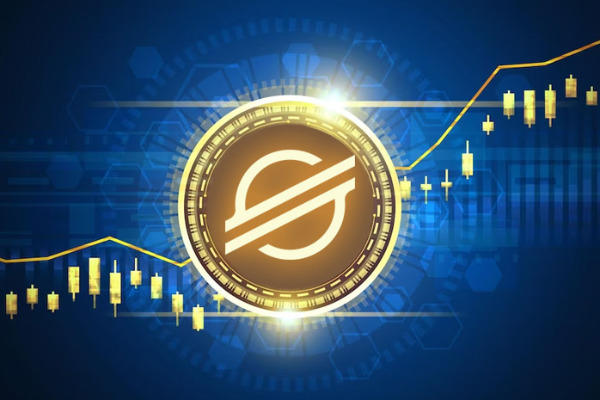
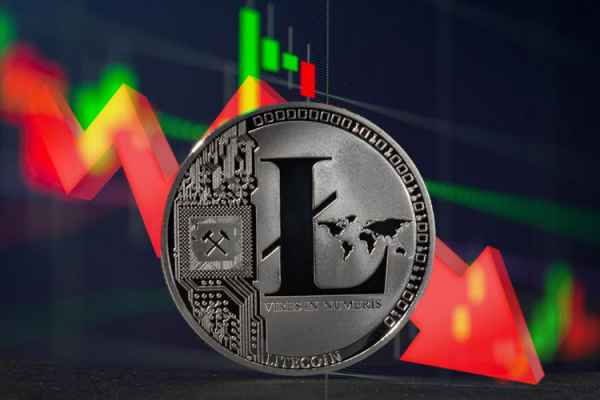

 Bitcoin
Bitcoin Ethereum
Ethereum Tether
Tether BNB
BNB Solana
Solana USDC
USDC XRP
XRP Dogecoin
Dogecoin Toncoin
Toncoin Cardano
Cardano